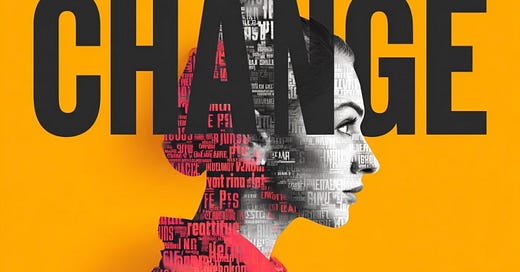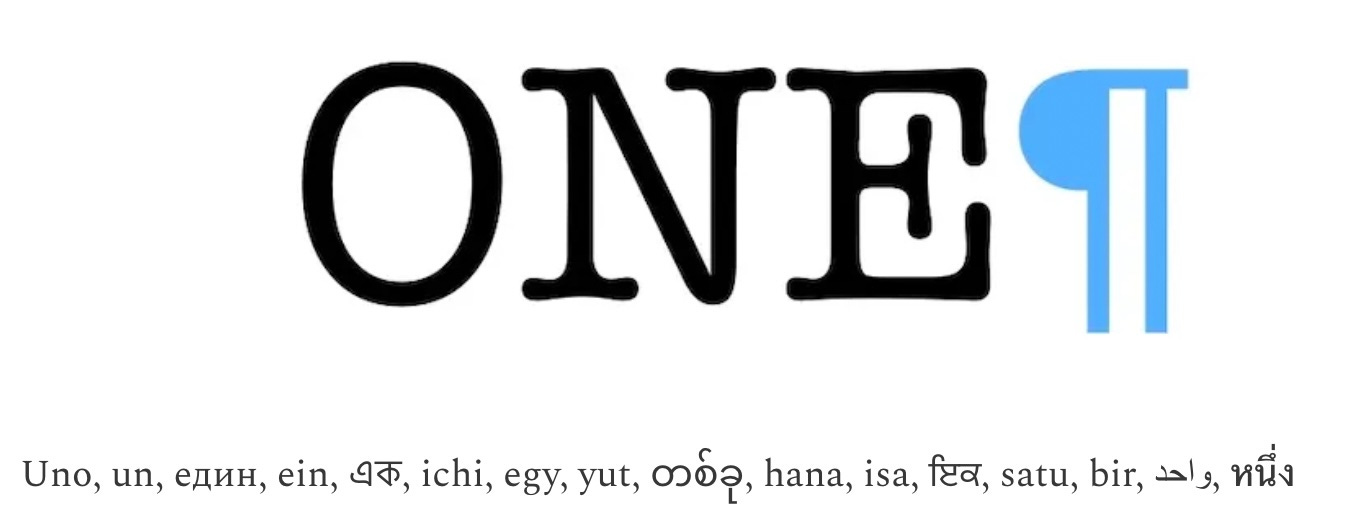Change is a constant. We know it, and we don’t like it.
I had the very great pleasure of meeting up with three former Temple University Japan Continuing Ed. students. All are HR managers in large, well-known organizations in very different sectors. An excellent and engaging dinner in Omotesando.
Amongst many topics (travel, life, career and trying to remember when we had classes together), we talked about HRM challenges they face in their organizations.
Surprisingly, all three agreed their organization was lacking and really needed key people to fulfill one critical role.
The role? Change Manager. Change Agent. Change Leader. Whatever you want to call it, it’s needed.
Well, they were in luck. I’d just completed instructing a short graduate-level course in change management. The topics and current trends were still fresh in my mind. In my preps for the course I’d come across something quite insightful. I was happy to share with the grad students, with the excellent HR managers and now with YOU.
But first, a little background
Whether a changing industry, changing market, changing technology, changing organizational structure, all were challenged with managing and leading change.
Change management / leadership is an important knowledge and skillset. More so today than ever. Change comes fast. However, it is rarely a singular job title. Organizations and individuals resist change. Why? Lots of reasons. People and organizations resist change for a variety of psychological, structural, and cultural reasons. Here’s a breakdown of the key factors:
1. Fear of the Unknown
Change introduces uncertainty, and uncertainty creates anxiety. People may fear job loss, loss of status, or a lack of competence in the new environment. This fear often leads to passive or active resistance.
2. Loss of Control
Individuals may feel that change is being imposed on them, reducing their sense of autonomy. When people aren’t involved in the decision-making process, they are more likely to push back.
3. Habit and Comfort with the Status Quo
Established routines and processes offer comfort and predictability. Change disrupts these routines, requiring effort to adapt, which many find inconvenient or stressful.
4. Lack of Trust
If employees don’t trust leadership or the motives behind the change, they are less likely to support it. Transparent communication and a history of integrity are essential to overcome this barrier.
5. Poor Communication
Insufficient or unclear communication about the reasons for the change, its benefits, and its impact can breed rumors and misinformation, leading to resistance.
6. Misaligned Incentives
If the change benefits the organization but seems to disadvantage individuals (e.g., more work, fewer perks), resistance is likely. People assess change through a “What’s in it for me?” lens.
7. Organizational Culture
A deeply ingrained organizational culture may clash with the values or behaviors required by the change. Strong cultures tend to favor stability and tradition, making change more difficult to implement.
8. Past Negative Experiences
If people have experienced failed or poorly managed change efforts in the past, they may become cynical and skeptical of future change initiatives.
9. Peer Pressure and Social Influence
If influential employees or groups resist the change, others may follow, even if they are neutral or mildly supportive.
10. Limited Resources and Fatigue
Organizations undergoing frequent or large-scale changes may face "change fatigue", where employees feel overwhelmed and disengaged due to constant transitions.
With all this going on: Good luck leading change!
But, change is needed and it does take place. Yes, there are models and books, however, the tacit application is challenging.
Below is a fascinating (yes, fascinating) and insightful examination of how we deal with change in organization through our “lived experience”, and not what some change model says.
Know someone struggling with a change initiative? Send them this video. Better, (for me) forward this posting. They will thank you.
The inner side of Organizational Change: | Thijs Homan | TEDxAmsterdamED
Jun 15, 2017
Professor in Implementation and Change Management Thijs Homan has been focused on this question for many years: "What really happens when organisations change and develop?" In addition, he approaches conventional organisation and management theory formation critically. In his work, Thijs particularly looks at the 'lived experience' of people to understand (changing) organisations. During his talk he will share the key insights needed for smooth transformation within schools or organisations. Thijs Homan: Professor in implementation and change management. He was promoted in 1989 for his research on the role and position of top managers in large coöperations in the Netherlands.
It’s good, right?
Organizational Change and Meaning in Life
In reviewing a unit on Meaning in Life in the upcoming EmployeeONE, I was struck by the congruence with change. This really resonated with what is going on here with managing organizational change:
In the modern world, survival is rarely solitary. We survive through systems—families, communities, nations. Connection isn’t just emotional; it’s practical and structural.
Survival is the prerequisite, but connection is the pathway to a life worth surviving for. As Viktor Frankl put it:
“Those who have a ‘why’ to live can bear almost any ‘how’.”
Humans are biologically wired for both survival and connection, but connection is not just a luxury layered on top of survival—it’s actually a core survival mechanism.
Perhaps make your change about individual, group, tribe, organizational survival.
Organizational Ikigai?
EmployeeONE: The course for everyone with a job
EmployeeONE is all the stuff you don’t learn at school but what you really need to understand and thrive in the working world. A course in three parts:
PART I - YOU - how you work
PART II - THE WORLD - how the (business) world works
PART III - YOU IN THE WORLD - how you ought to work in the world
Convert your subscription to paid and get access to EmployeeONE coming SEPT 2025.
Questions? Drop me a line.
ONE more thing
“Hope and change” - how’d that work out?
From many, ONE
About ONE
A Buddhist monk walks up to a hotdog vendor and says make me one with everything.
In the age of TL;DR, ONE offers a brief capture of what’s necessary for YOU. Longer than a tweet, shorter than an article yet beyond a snapshot or quick video. ONE is 1-page. A quick, meaningful & thoughtful read.










